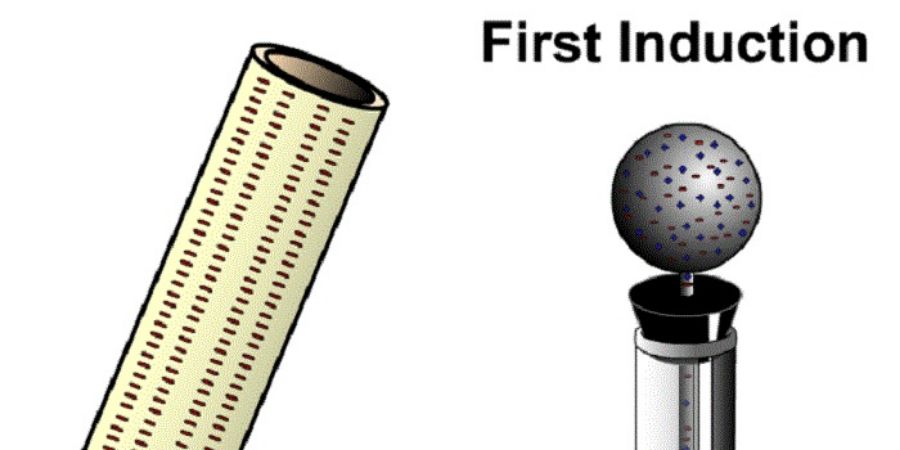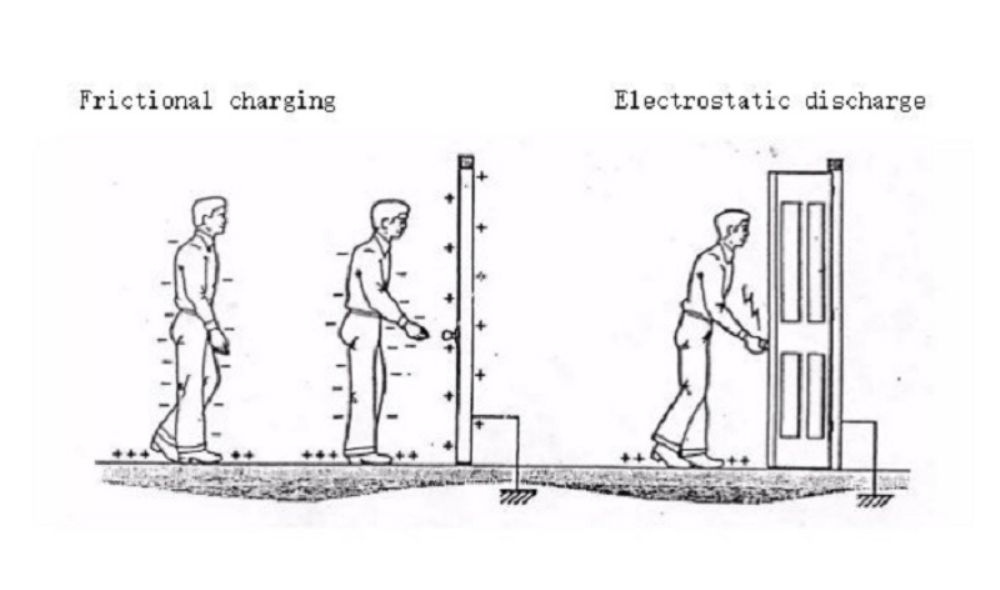

You have seen what happens when you touch a metal bar with a positively charged rod. some of the charges on the rod are transferred and the bar becomes charged. suppose instead of touching the bar with the rod you only bring a positively charged rod near to the bar.
In that case electrons in the bar would be attracted to the point nearest to the rod, causing the negative charge at the point. the opposite side of the bar would again lack electrons and be charged positively. three charges would then exit, the positive charge in the rod, the negative charge in the bar at the point nearest the rod, and the positive charge in the bar, on the side opposite the rod.
By allowing electrons from an outside source (your finger, for instance) to enter the +ive end of the bar, you can give the bar, you can give the bar -ive charge. if the rod is negatively charged when brought near to the bar, it will induce the positive charge into that end of the bar that is near the rod.
Electrons in the portion of the rod will be replaced and will move to the opposite end of the bar. the original negative charge of the rod then causes two additional charges, one negative charge, and one positive charge, in the bar.
Removing the rod will leave the bar to uncharge since the excess electrons in the negatively changed end will flow back to neutralize the bar. how ever, before the rod is moved path is provided the path for the electrons in the negatively charged portion of the bar to flow out of the bar, the entire bar will be positively charged when the rod is removed.
You have discovered that static charge can be caused by friction content or induction now you should see how the excess or lack of electrons in the charge body may be neutralized or discharged.
Discharge of static charge:-

Whenever two materials are charged with opposite charges and placed near one another, the excess electrons on the negatively charged materials will be pulled toward the positively charged materials. by connecting a wire from one material to the other, you would provide a path for the electrons of the negative charge to cross over to the positive charge and the charges would thereby be neutralized. instead of connecting the materials with a wire, you might be touched them together, and again the charges would disappear.
